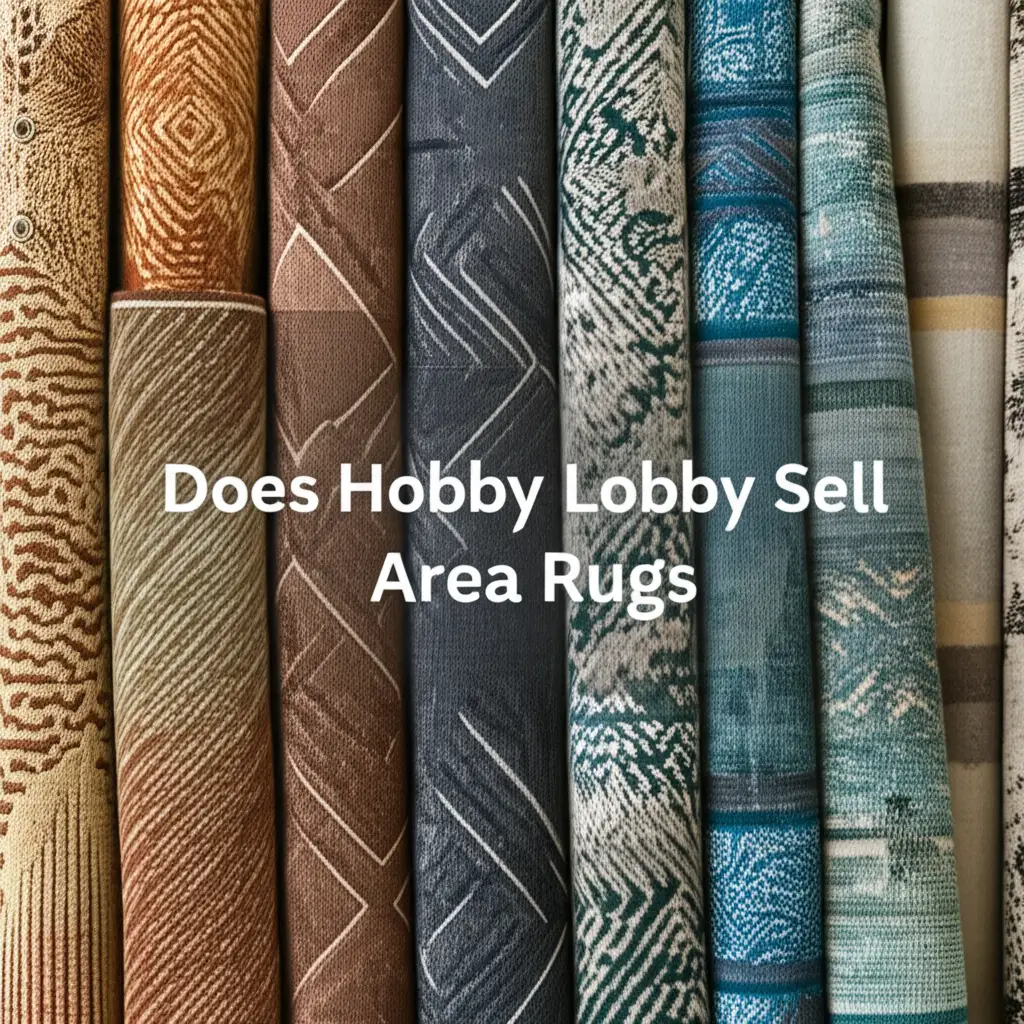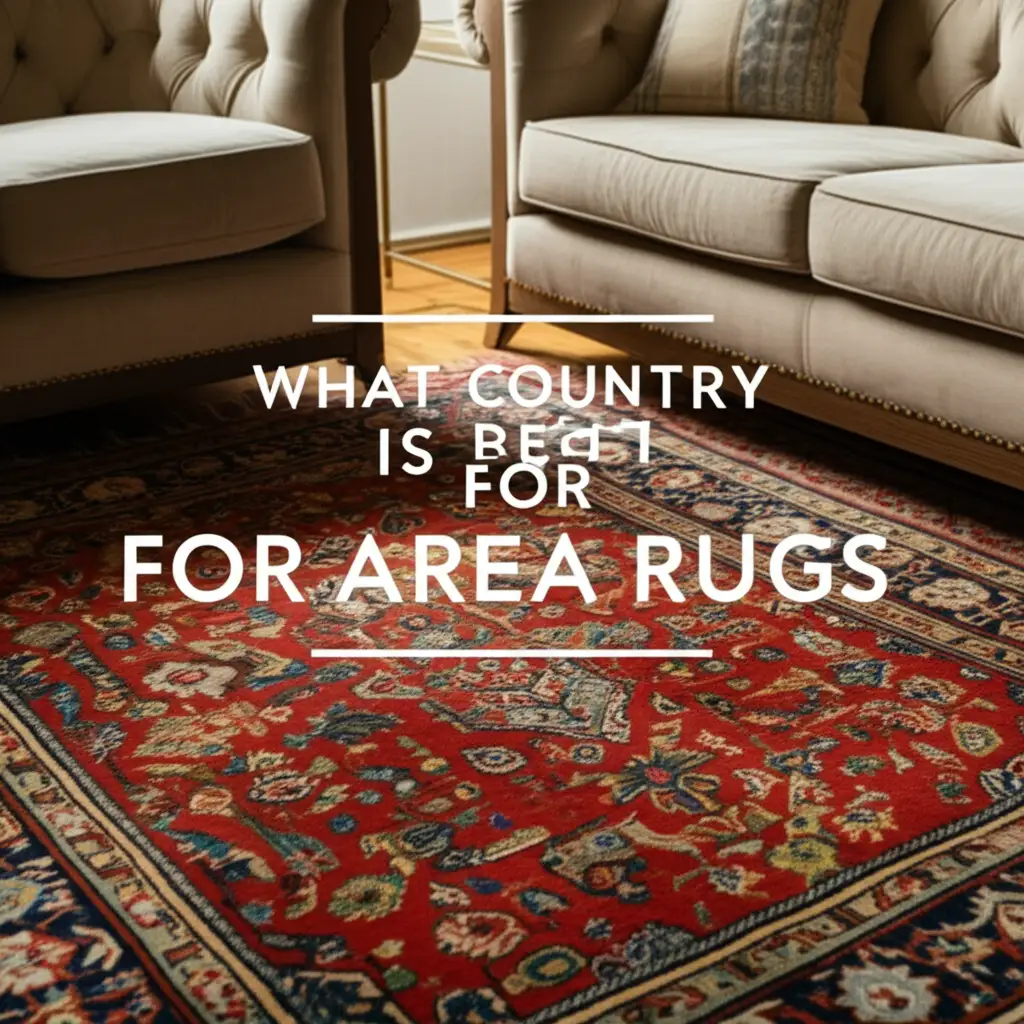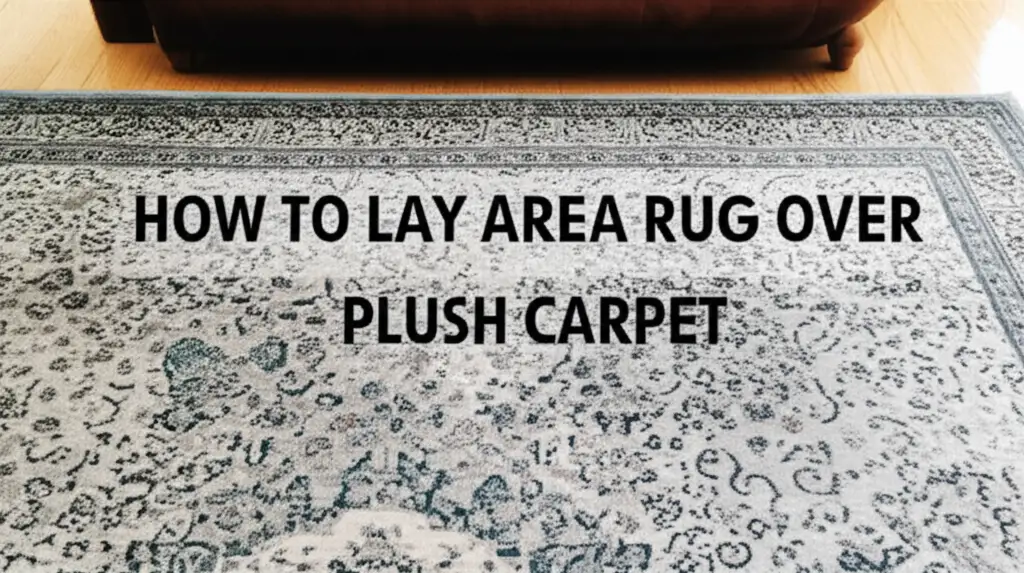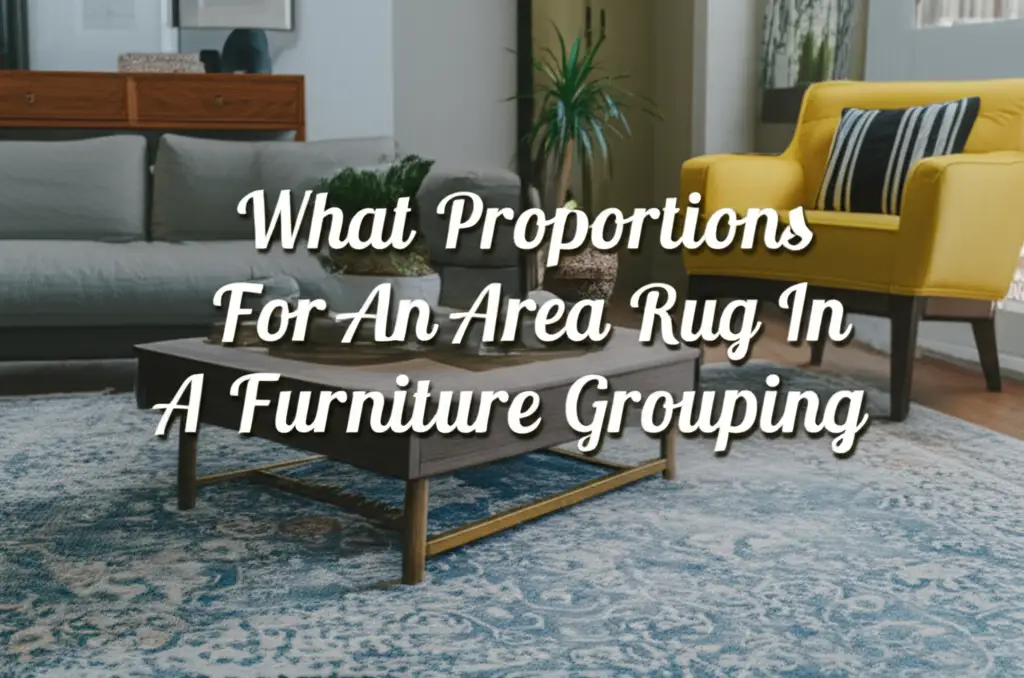· Tessa Winslow · Home Decor · 17 min read
How To Use Rugs To Decorate
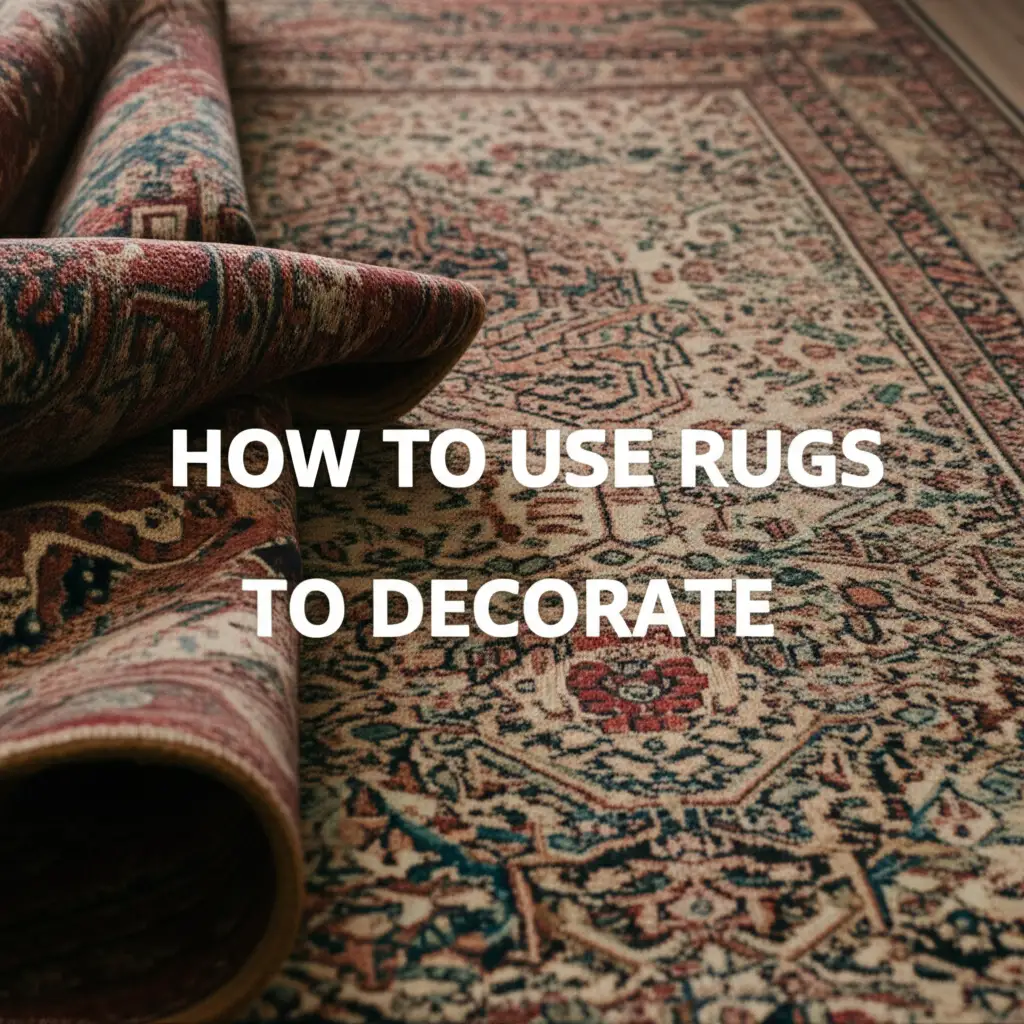
How To Use Rugs To Decorate Your Home
Have you ever walked into a room and felt something was missing, even with all the furniture in place? Often, the answer lies on the floor. Rugs are more than just floor coverings; they are powerful tools for home decoration. They add warmth, define spaces, and introduce color and texture. I find that a well-chosen rug can completely change how a room feels.
This article will show you exactly how to use rugs to decorate your home effectively. We will explore selecting the right size and style for different rooms. You will learn how to layer rugs and use them to define areas. We will also cover essential care tips to keep your decorative rugs looking their best for years. By the end, you will see how rugs can transform any living space.
Takeaway:
- Size Matters: Always choose a rug size appropriate for your room and furniture layout.
- Color & Texture Set Mood: Use rug colors and textures to introduce personality and warmth.
- Define Zones: Rugs effectively delineate spaces in open-concept layouts.
- Layer for Depth: Combine rugs to add visual interest and comfort.
- Care for Longevity: Regular cleaning keeps your rugs beautiful and durable.
Using rugs to decorate involves selecting the proper size, style, and placement to enhance a room’s aesthetic and function. A well-chosen rug can anchor furniture, add warmth, introduce color, and define distinct zones within a living space, making it feel more cohesive and inviting.
The Foundation of Your Decor: Understanding Rugs and Their Role
Imagine a room as a blank canvas. The rug is often the first brushstroke, setting the tone and mood. Rugs are not just simple floor coverings; they are crucial elements in interior design. They bring comfort underfoot and absorb sound, making a room quieter. I always consider a rug as an immediate way to make a space feel more inviting.
A rug grounds your furniture, creating a cohesive look. Without a rug, furniture can look like it is floating in a large room. It ties different pieces together, from sofas to accent chairs. This makes the entire arrangement feel more organized and complete. Think of it as a base for your entire furniture layout.
Rugs also add a layer of texture and color to a room. You can choose a rug that complements your existing decor. Or, you can select one that introduces a bold new color. The material of the rug adds texture, from soft wool to natural jute. These elements contribute greatly to the overall visual appeal and comfort of your home. They make a space feel richer and more complex.
Moreover, rugs protect your floors from wear and tear. They shield hardwood floors from scratches and reduce noise in high-traffic areas. This practical benefit adds to their value as decorative items. A good rug can extend the life of your underlying flooring significantly. It serves as both a design statement and a protective layer.
Choosing the right rug means understanding its multi-faceted role. It is about more than just finding a pretty pattern. It involves considering how it will interact with your furniture, contribute to the room’s color scheme, and handle daily use. I believe this holistic approach leads to the best decorating outcomes. A thoughtful rug choice elevates the entire room.
Getting the Size Right: How to Choose Rugs That Fit Your Space
Choosing the correct rug size is the most important step when you use rugs to decorate. A rug that is too small can make a room feel disjointed. One that is too large might overwhelm the space. I always tell people to measure their room and furniture first. This simple step saves a lot of headaches later on.
For living rooms, the general rule is that all major furniture pieces should sit on the rug. At minimum, the front two legs of your sofa and accent chairs should be on the rug. This helps anchor the seating area. If your room is large enough, have all four legs of your furniture on the rug. This creates a luxurious and unified look.
In the dining room, your rug should be large enough so that chairs remain on the rug even when pulled out. This prevents chairs from catching on the rug’s edge. Measure your dining table, then add at least 24 inches to each side. This ensures smooth movement of chairs. A rug that is too small here will frustrate guests and look out of place.
Bedrooms have a few options for rug placement. A large rug can span under the entire bed and nightstands, extending beyond the bed’s sides. Alternatively, you can place a rug under the bottom two-thirds of the bed, with enough rug showing at the foot and sides to stand on comfortably. For smaller rooms, consider placing runners on either side of the bed. This still provides softness underfoot.
Hallways and entryways call for runners. These rugs should leave at least 4-6 inches of flooring visible on all sides. This helps to frame the runner and prevents it from looking like wall-to-wall carpet. Make sure the runner is long enough to cover most of the hallway. An appropriately sized runner guides the eye and adds a welcoming touch.
Always use painter’s tape to outline the rug size on your floor before buying. This visual aid helps confirm the dimensions. It shows you exactly how the rug will fit within your space. Getting the size right is crucial for a balanced and harmonious room design. It is the foundation for effective rug decoration.
Color, Pattern, and Texture: Enhancing Your Home’s Aesthetic
Once you have the size right, you can focus on the exciting part: choosing the color, pattern, and texture. These elements help you use rugs to decorate by adding personality to your home. They can dramatically change a room’s atmosphere. I love how a simple rug can transform a space from ordinary to extraordinary.
Color plays a significant role in setting the mood. A light-colored rug can make a small room appear larger and brighter. Darker rugs can add coziness and sophistication, grounding a space. You can choose a rug color that harmonizes with your existing furniture and wall colors. Alternatively, pick a contrasting color to create a striking focal point. Think about the overall feeling you want for the room.
Patterns add visual interest and can introduce a sense of movement. Geometric patterns offer a modern feel, while traditional oriental rugs bring classic elegance. Floral designs can create a soft, romantic atmosphere. If your furniture is plain, a patterned rug can add excitement. If your room already has many patterns, a solid or subtly textured rug might be better. Balance is key to a cohesive design.
Texture adds depth and warmth to a room. A plush, high-pile rug feels luxurious and soft underfoot, perfect for bedrooms or cozy living areas. A flat-weave rug offers a more casual, durable option, suitable for dining rooms or high-traffic areas. Natural fibers like jute or sisal provide an earthy, organic texture. Combining different textures in a room creates a richer, more inviting environment.
Consider how the rug’s color, pattern, and texture will interact with the room’s light. Natural light can change how colors appear throughout the day. Test samples in your home if possible. This helps you see the true effect before making a final decision. The right combination elevates your entire decor. It makes the room feel complete and visually appealing.
Ultimately, your rug choice should reflect your personal style. Do not be afraid to experiment with different looks. A rug is a large decor item, but it is also something that can be changed. Have fun exploring the possibilities to find the perfect rug for your space. It is a fantastic way to express your creativity.
Defining Zones and Creating Flow with Rugs
Rugs are excellent tools for defining specific areas within an open-concept space. They create visual boundaries without the need for walls. This makes a large, open area feel more organized and functional. I often use rugs to separate my living room from my dining area. This simple trick makes each zone feel distinct.
In a large living area, a rug can clearly delineate the seating arrangement. Place your sofa and chairs around a central rug. This creates a cozy conversation area. It visually separates this space from, say, a nearby dining nook or hallway. The rug acts as an anchor, pulling all the furniture together into one functional zone.
You can also use rugs to create pathways or define circulation areas. A runner in a hallway visually connects different rooms. It guides the eye through the space. In a large room, a series of smaller rugs can lead guests from one area to another. This creates a sense of flow and progression. It helps people navigate the space naturally.
When you use multiple rugs in one room, ensure they relate to each other in some way. They do not have to match exactly. They should share a common color palette, style, or texture. This creates a cohesive look across different zones. For inspiration on using multiple rugs effectively, read our guide on how to use two rugs in one room. It offers great tips for harmonious multi-rug layouts.
Rugs can also create a cozy reading nook in a corner of a larger room. A small, plush rug with an armchair and a lamp immediately transforms that corner into a dedicated space. This trick works well in bedrooms too, creating a quiet retreat. It shows how even a small rug can define a significant functional zone.
The strategic placement of rugs helps to organize a home without physical barriers. This is especially useful in modern homes with open layouts. Rugs bring structure and purpose to large, undefined spaces. They are simple yet powerful design elements. Use them to make your home feel both open and well-defined.
Layering Rugs for Added Warmth and Style
Layering rugs is a popular design trend that adds depth, texture, and warmth to any room. It is a creative way to use rugs to decorate, making a space feel more unique and personal. I love how layering allows me to combine different patterns and textures. This creates a rich, inviting look that is hard to achieve with just one rug.
The basic idea of layering involves placing a smaller rug on top of a larger one. The larger rug, often a neutral or solid color, serves as a base. It typically covers a significant portion of the floor or defines the main area. This base rug can be a sisal, jute, or a low-pile wool. For ideas on what types of rugs work best over existing flooring, check out our article on what type of area rugs are best for carpet. This helps you pick the right base.
The top rug is usually smaller and often features a bolder pattern, vibrant color, or luxurious texture. This is where you can showcase your personality. A patterned Persian rug on top of a plain jute rug makes a strong statement. A soft sheepskin rug layered over a flat-weave provides ultimate comfort. This combination adds visual interest and a cozy feel.
When layering, consider the textures. Pair a rough, natural fiber like jute with a soft, shaggy wool or a silky viscose rug. This contrast makes both rugs stand out. Mix patterns carefully. If the top rug has a busy pattern, ensure the bottom rug is solid or has a very subtle texture. This prevents the look from becoming too chaotic.
Layering is also practical for oddly shaped rooms or spaces where a standard-sized rug does not fit perfectly. You can use a large, inexpensive base rug to cover the area. Then, place a more decorative, smaller rug where you need the most visual impact. This can be more cost-effective than a custom-sized rug. It also offers flexibility.
Remember to use a non-slip rug pad for both rugs, especially the top one. This prevents slipping and bunching, ensuring safety and a neat appearance. Layering rugs adds a custom, designer touch to your home. It creates an inviting atmosphere. Do not be afraid to experiment with different combinations until you find a look you love.
Keeping Your Decorative Rugs Beautiful: Essential Maintenance
Once you have learned how to use rugs to decorate, you will want to keep them looking their best. Proper maintenance is key to the longevity and beauty of your decorative rugs. Regular care prevents dirt buildup and helps preserve the fibers. I make it a point to vacuum my rugs often. This simple step makes a big difference.
Vacuuming is your first line of defense against dirt and dust. For most area rugs, vacuuming once or twice a week is sufficient. Use the appropriate setting for your rug type. A beater bar can be too harsh for delicate or high-pile rugs. For specific guidance on cleaning, read our article how to clean area rugs inside. It offers detailed steps for various rug materials.
Spot cleaning is essential for spills. Act quickly when spills happen. Blot the liquid with a clean cloth; do not rub. Different stains require different cleaning solutions. Always test any cleaning product on an inconspicuous part of the rug first. This prevents potential damage or discoloration. Early action saves your rug from permanent marks.
Some rugs, especially wool ones, can attract pests like moths. Regular vacuuming helps to deter them. If you notice signs of moths, immediate action is necessary. Our article on how to get rid of moths in wool rugs provides effective strategies. Proper storage during warmer months, using mothballs or cedar, also protects wool rugs.
Rotate your rugs periodically, especially in high-traffic areas. This ensures even wear and tear, preventing one section from fading or thinning faster than others. Sunlight can also cause fading, so rotating helps expose different parts of the rug to light. This small effort helps maintain uniform color over time.
For deep cleaning, consider professional services every 12-18 months. Professionals have specialized equipment and knowledge. They can remove embedded dirt and refresh your rug’s fibers without causing damage. This is a worthwhile investment, especially for valuable or delicate rugs. A professional cleaning brings new life to an older rug.
By following these maintenance tips, your decorative rugs will remain vibrant and beautiful for many years. They are an investment in your home’s comfort and style. Taking care of them ensures they continue to enhance your living space. A clean rug always looks better and lasts longer.
Rugs for Specific Needs: Outdoor Spaces and High-Traffic Areas
Rugs are versatile and can enhance almost any space, including those with unique demands. Knowing how to use rugs to decorate extends beyond indoor living areas. Think about outdoor spaces or parts of your home that see heavy use. Different rugs serve different purposes. I often advise clients to consider the rug’s function first.
Outdoor rugs are designed to withstand the elements. They are made from synthetic materials like polypropylene, which resists mold, mildew, and fading from sunlight. These rugs are perfect for patios, decks, or balconies. They add color and comfort to outdoor living areas, just like indoor rugs do. They transform a hard patio into an inviting extension of your home. You can find many options for outdoor rugs. For instance, does Costco have outdoor rugs? Checking various retailers is a good way to find the right fit for your outdoor needs.
When choosing an outdoor rug, consider its durability and ease of cleaning. Many outdoor rugs can be hosed down for quick cleaning. This makes them ideal for areas exposed to dirt, rain, and foot traffic. They bring the warmth of indoor living to your exterior spaces, making them more enjoyable. An outdoor rug can define an al fresco dining area or a lounge spot.
For high-traffic indoor areas, such as entryways, hallways, or family rooms, durability is key. Choose rugs made from sturdy materials like wool, nylon, or polypropylene. Low-pile or flat-weave rugs are also excellent choices for these areas. They are easier to clean and less prone to showing wear. A busy household benefits greatly from these robust options.
Patterned rugs are often a good choice for high-traffic zones. They tend to hide dirt and minor stains better than solid-colored rugs. Darker colors also camouflage everyday grime. This reduces the frequency of intense cleaning. Consider placing a smaller, more decorative rug over a larger, durable one in these areas. This allows you to change the top layer easily.
Rugs can also protect flooring in heavy-use spots. An entryway rug collects dirt and moisture from shoes, saving your main flooring. In a kitchen, a runner protects the floor from spills and provides a softer standing surface. Matching the rug to the specific needs of the area ensures both beauty and practicality. It is about smart decorating choices.
Remember that every space in your home can benefit from the right rug. Tailoring your rug choice to the area’s function and traffic level ensures both style and longevity. This thoughtful approach helps you maximize the impact of your rugs throughout your home. They truly are an asset to any living space.
FAQs About Using Rugs for Home Decor
What is the best way to choose a rug for a small room? For a small room, choose a rug that is lighter in color and has a subtle pattern. A larger rug that nearly fills the room can make it feel more expansive. Ensure at least 6-12 inches of bare floor show around the rug’s perimeter. This helps define the space without overwhelming it. Avoid dark, busy patterns.
Can I put a rug on top of carpet? Yes, you can place a rug on top of carpet. This adds definition, texture, and visual interest to a carpeted room. Choose a rug with a different texture and color than your existing carpet. Use a non-slip rug pad specifically designed for use on carpet. This prevents the rug from shifting or buckling.
How do rugs help define spaces in an open floor plan? Rugs define spaces by creating a visual boundary. Place a large rug to anchor furniture for a specific function, like a living room seating area or a dining space. The rug acts as an island, clearly delineating zones without physical walls. This makes open layouts feel more structured and inviting.
What are some common mistakes to avoid when decorating with rugs? The most common mistake is choosing a rug that is too small for the space. Another error is neglecting rug pads, leading to slipping and premature wear. Avoid selecting a rug that clashes with existing decor. Always consider scale, color, and texture in relation to the entire room.
How often should I clean my area rugs? You should vacuum your area rugs at least once or twice a week, especially in high-traffic areas. Spot clean spills immediately. For a deeper clean, consider professional cleaning every 12 to 18 months, depending on foot traffic and household activity. Regular maintenance extends the rug’s life.
Is it okay to mix different rug styles in one home? Yes, mixing different rug styles can add character and personality to your home. The key is to find common elements, such as a consistent color palette, a similar level of formality, or a shared texture. This creates cohesion even with varied styles. Avoid too many clashing patterns.
Conclusion
Rugs are truly transformative elements in home decoration. They offer much more than just covering a floor. As we have explored, knowing how to use rugs to decorate effectively can dramatically change the feel and function of any room. From defining spaces in open layouts to adding essential warmth and texture, rugs play a central role. I have seen countless times how a thoughtfully chosen rug can complete a room, making it feel both inviting and expertly designed.
By selecting the right size, embracing various colors, patterns, and textures, and even mastering the art of layering, you can unlock the full potential of these versatile pieces. Remember that proper maintenance ensures your beautiful floor coverings remain vibrant and durable for years. Whether you are furnishing a new home or refreshing an existing space, consider the power of the rug. Use these insights to choose and place your rugs with confidence. Your home will feel more cohesive, comfortable, and uniquely yours. Start transforming your spaces with the perfect rug today.


